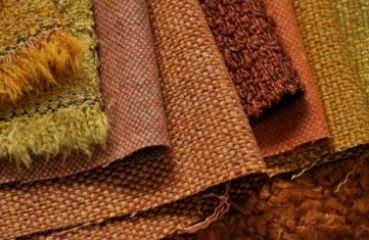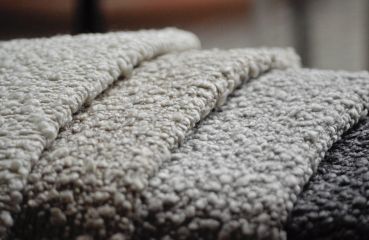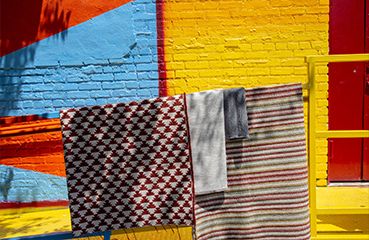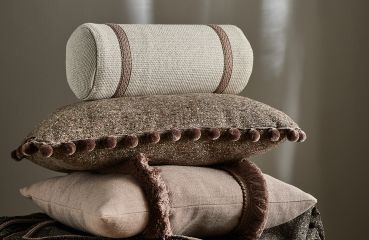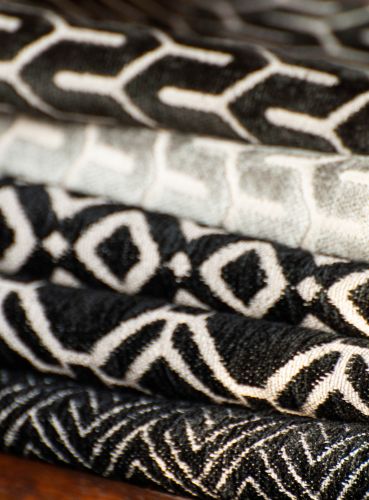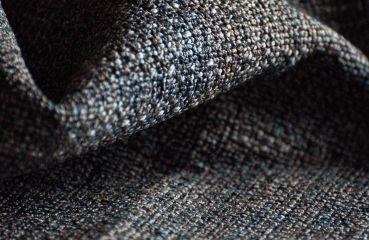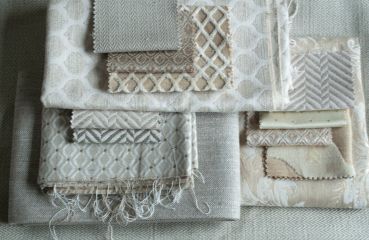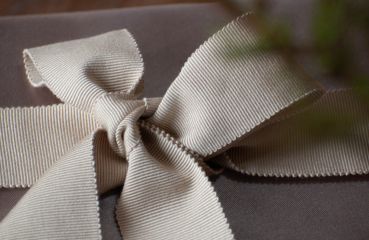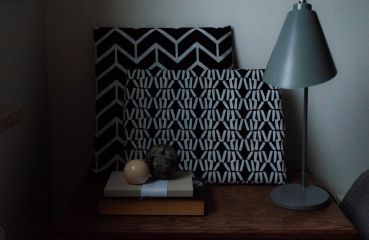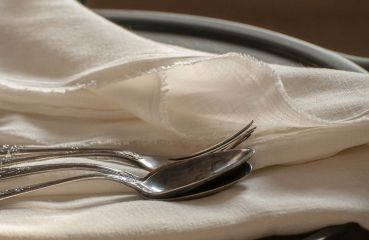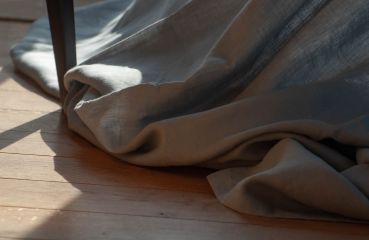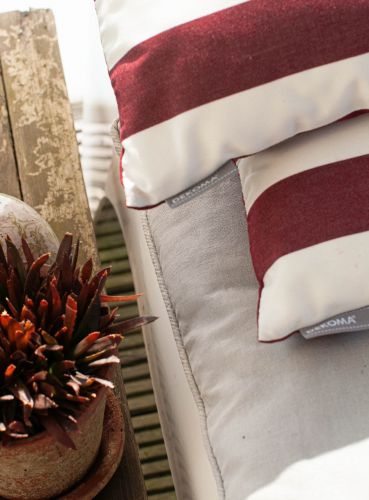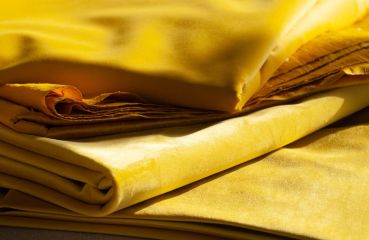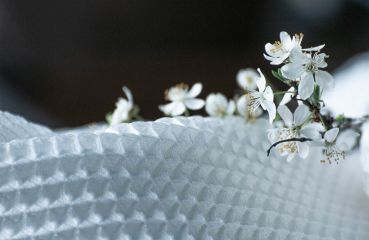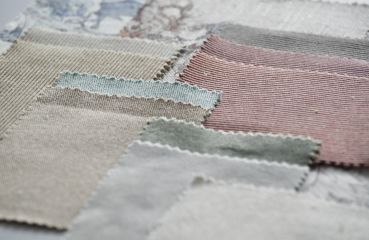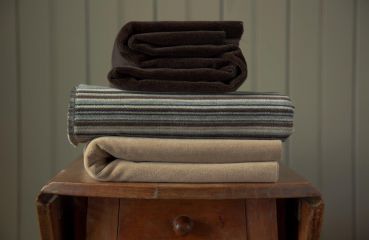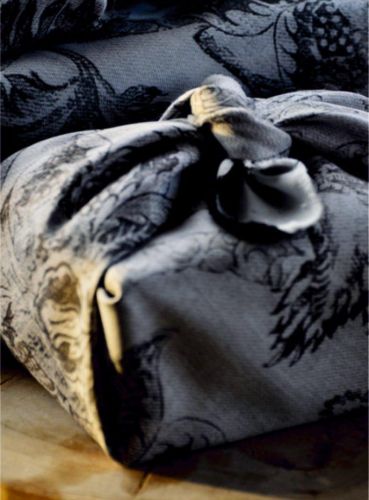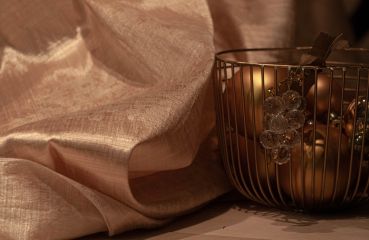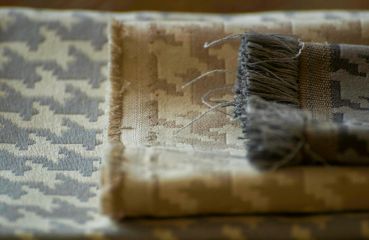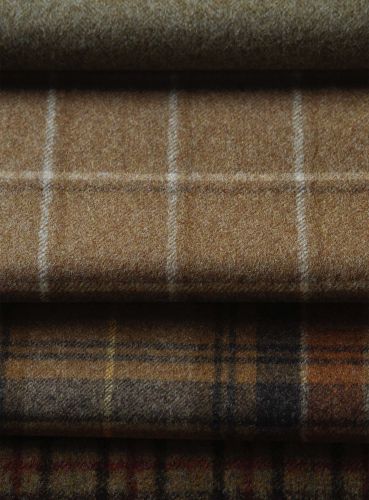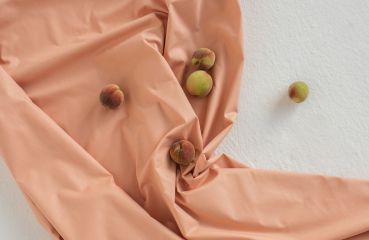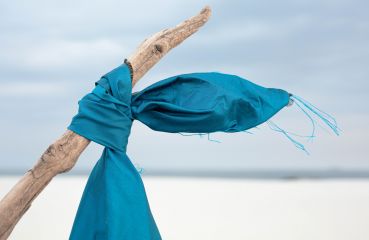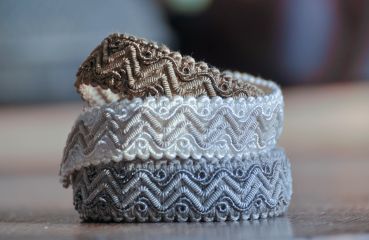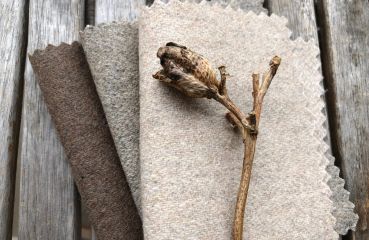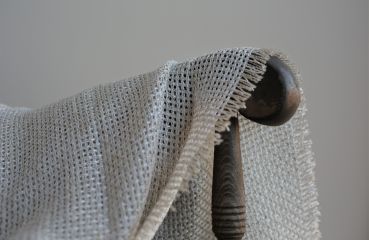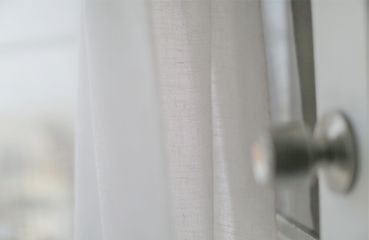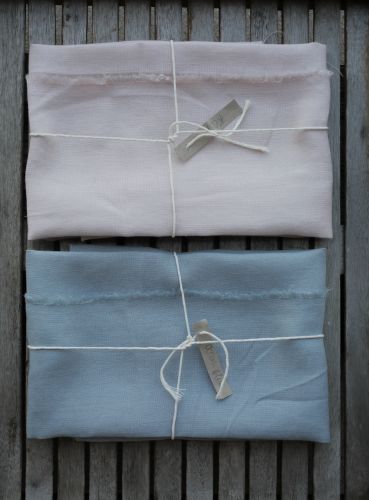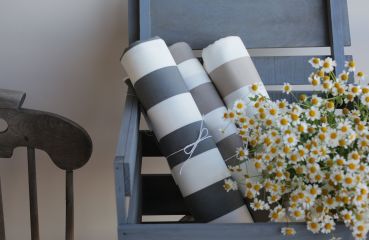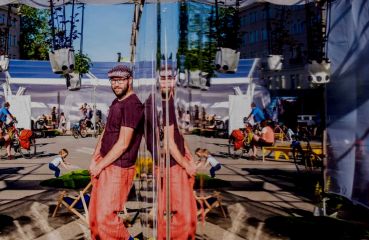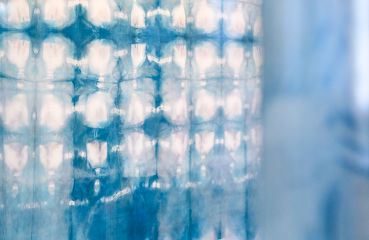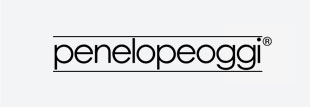About new recycling aesthetics of textiles
New problems = new design tasks = new materials = new aesthetics.
.jpg)
Not so long ago, when thinking about design and specially designed objects, we marvelled at their refined forms. The iconic juicer, though non-functional and user-unfriendly, evoked a sense of awe in aesthetes.
The man has been the centre of the design process for some time now, although recent years have witnessed a shift towards the surrounding nature, which forms his ecosystem.
They both have their own problems and needs, which provide a source for the forms and aesthetics of the designed objects and interiors. New challenges are associated with entirely new and redefined design tasks. These, in turn, require or even generate new materials, whose characteristics determine completely different, sometimes objectionable aesthetics.
Closed-loop recycling seems to be the only right solution to ensure sustainable development and provide harmony and balance, increasingly required in today’s world. Recycling of materials is becoming our reality. This yields not only new materials and their combinations, but also new textures and structures, which require new ways of perception and acceptance.
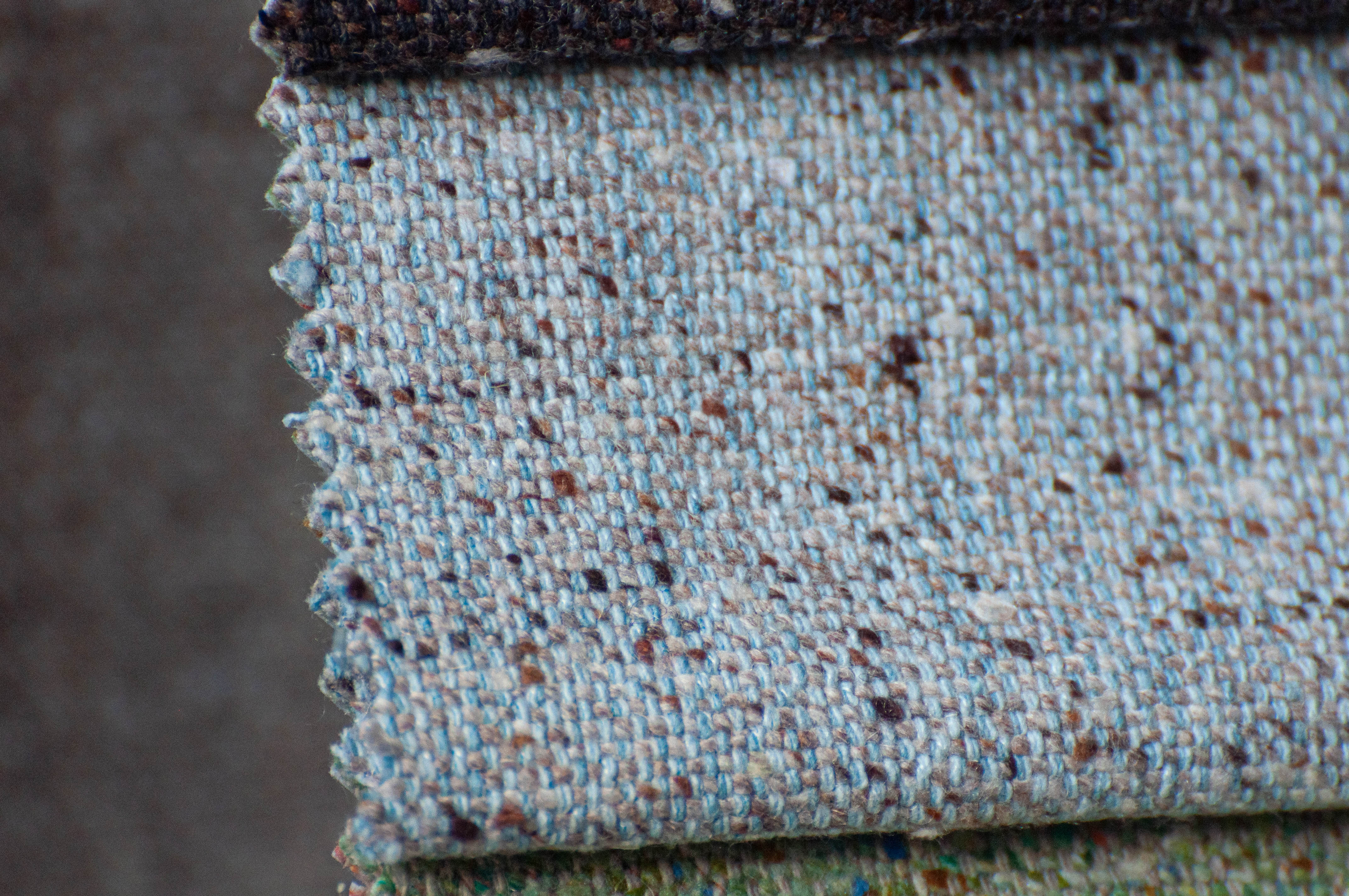
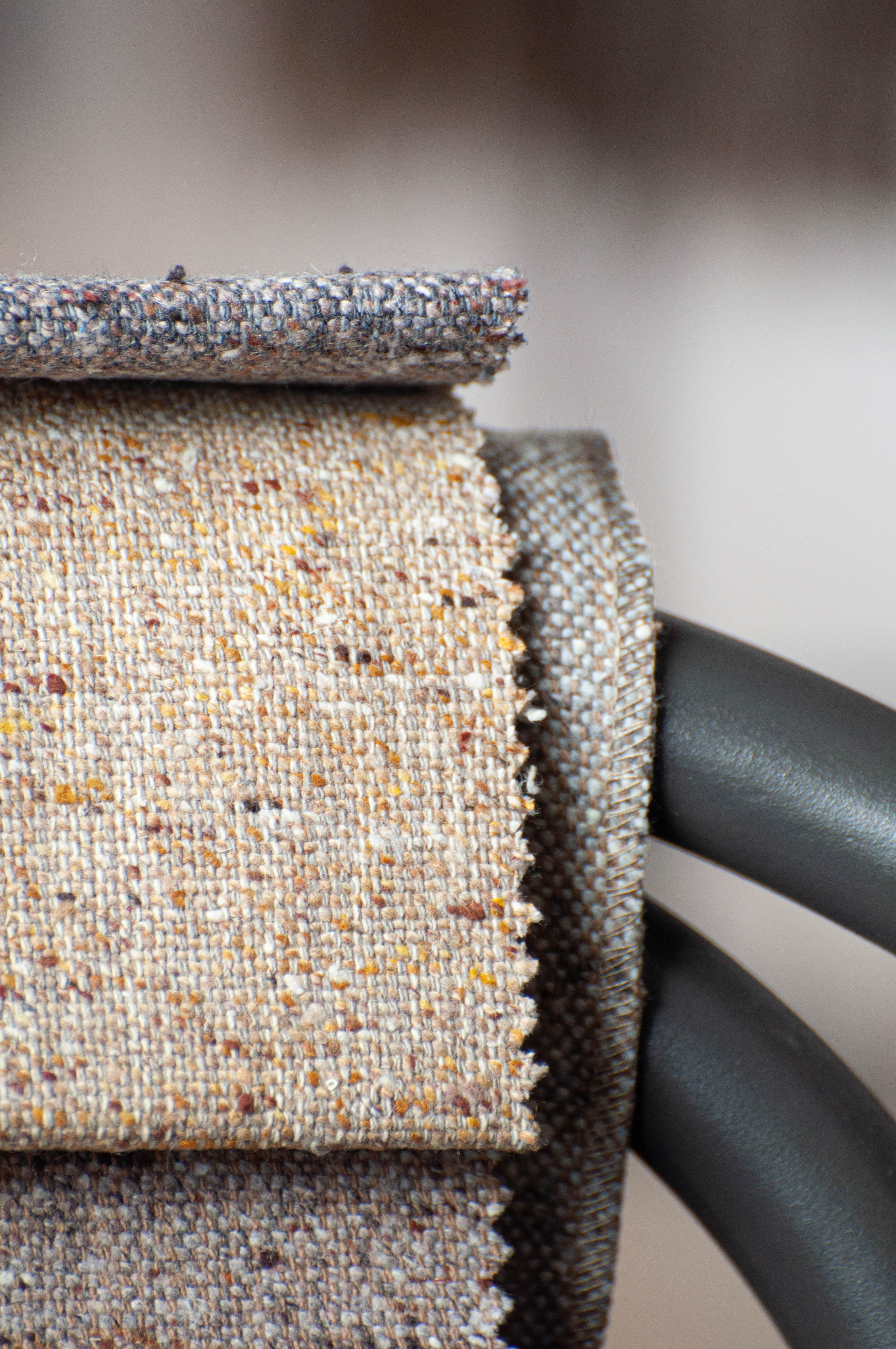
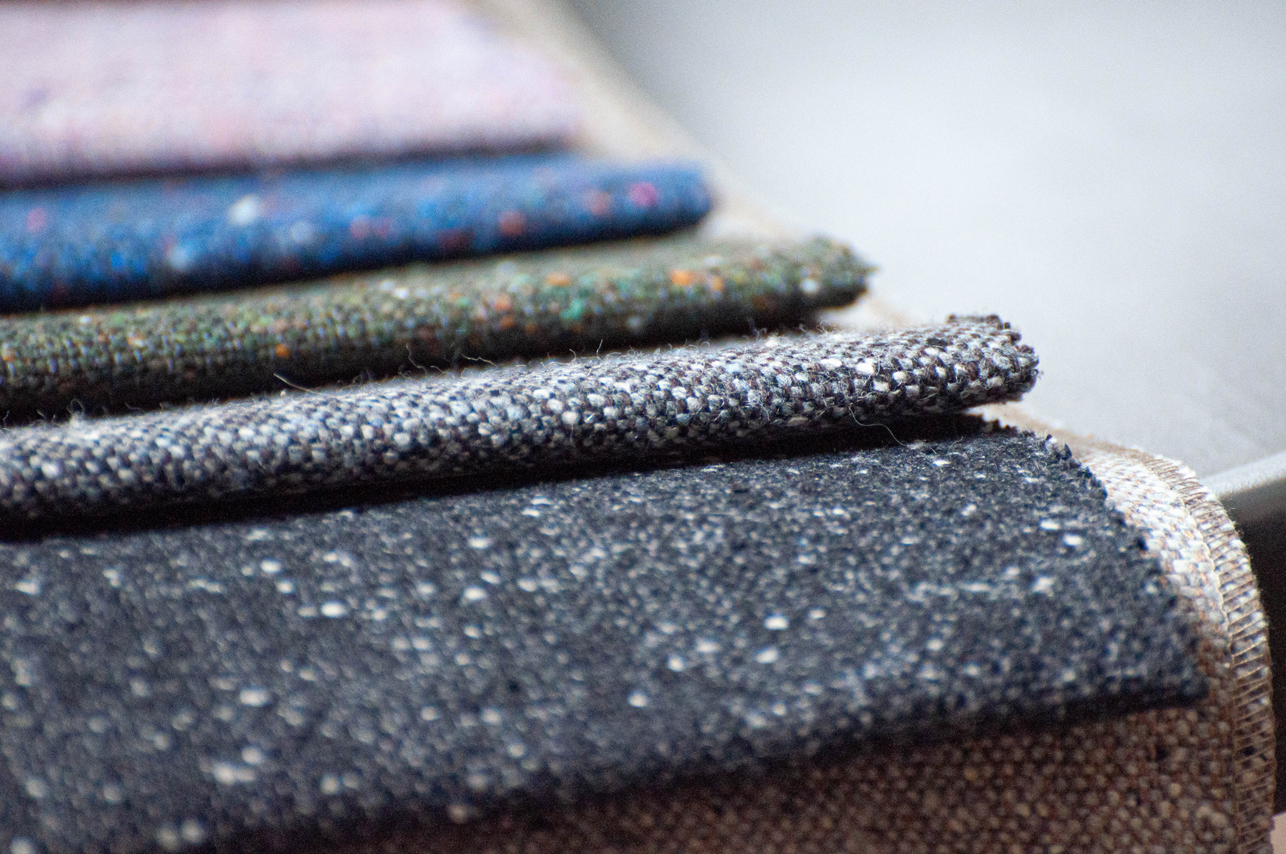
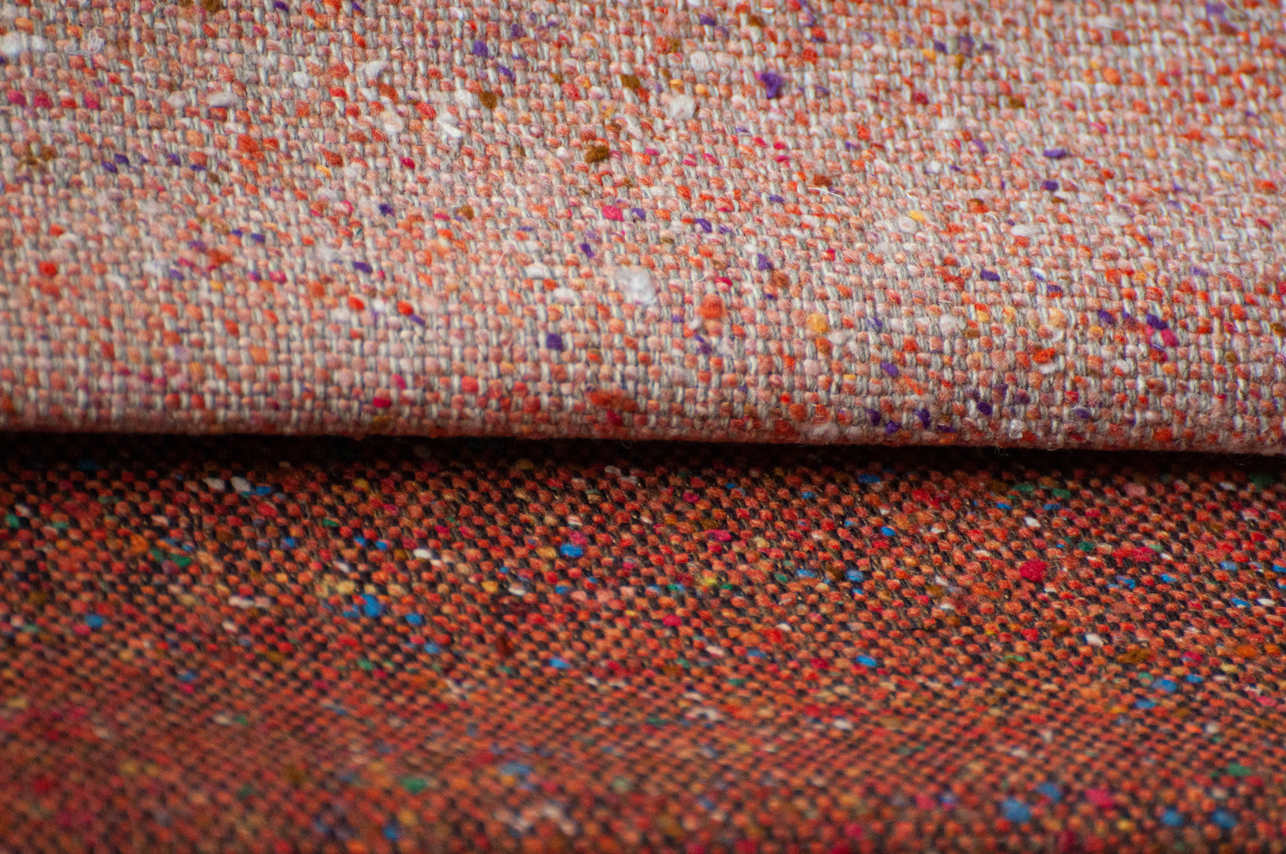
Mélange, that is fabric or yarn composed of threads in different colours.
Textiles yielded by milling or other type of recycling often have specific aesthetics. This stems from a mix of threads, irregular weaves, and intertwinement of various organic “contaminants”.
With all this natural imperfection, recycled fabrics are becoming attractive because of their unique and exceptional character. Those of an organic, biological origin present various “grains” incorporated in the surface, uneven weave thickness, matte chafes or focal shine. These seemingly anaesthetic elements offer an entire spectrum of appealing means of expression. This is how a new language of design is born. It tames the unfamiliar aesthetics and shows us new connotations.
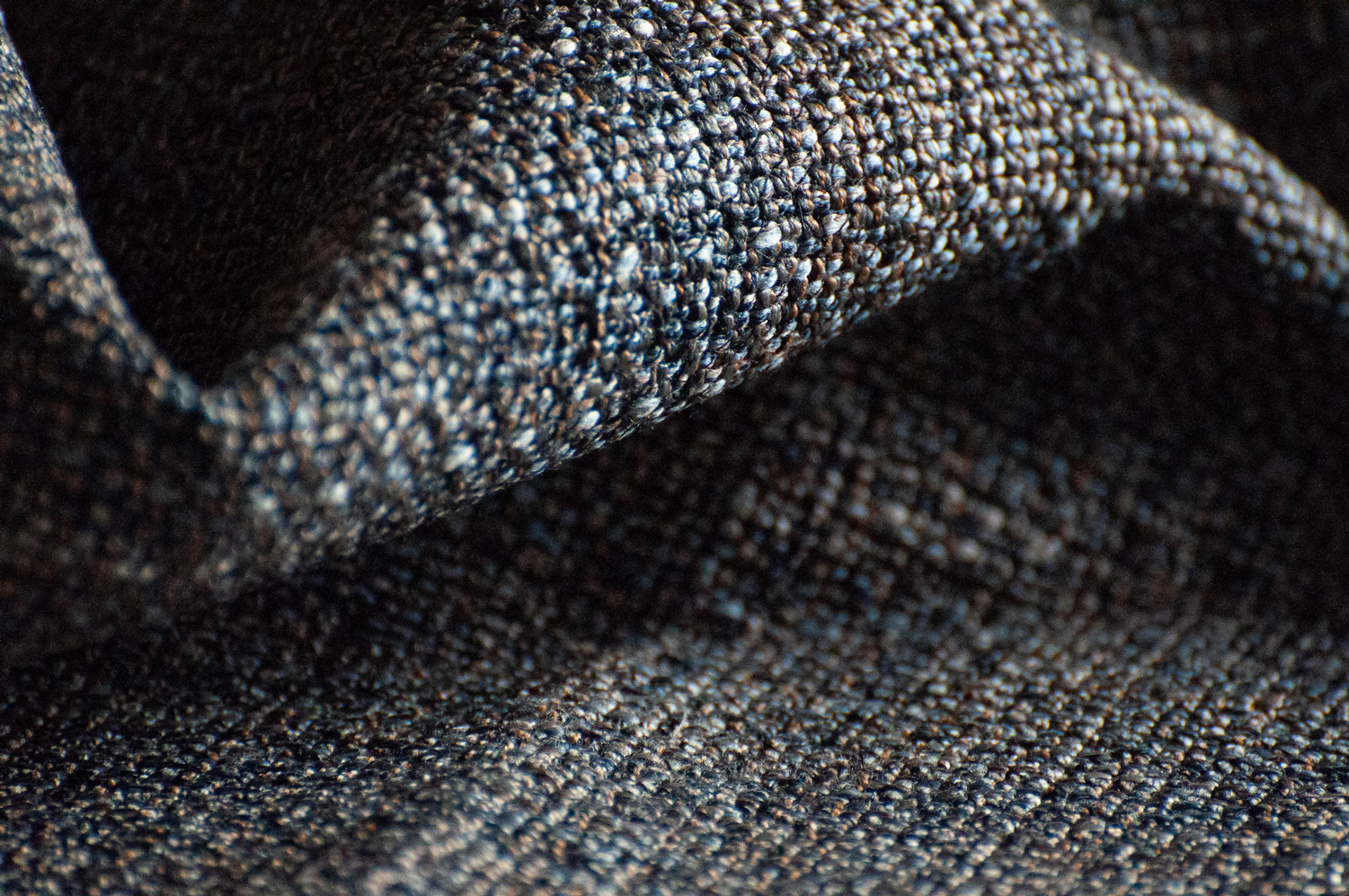
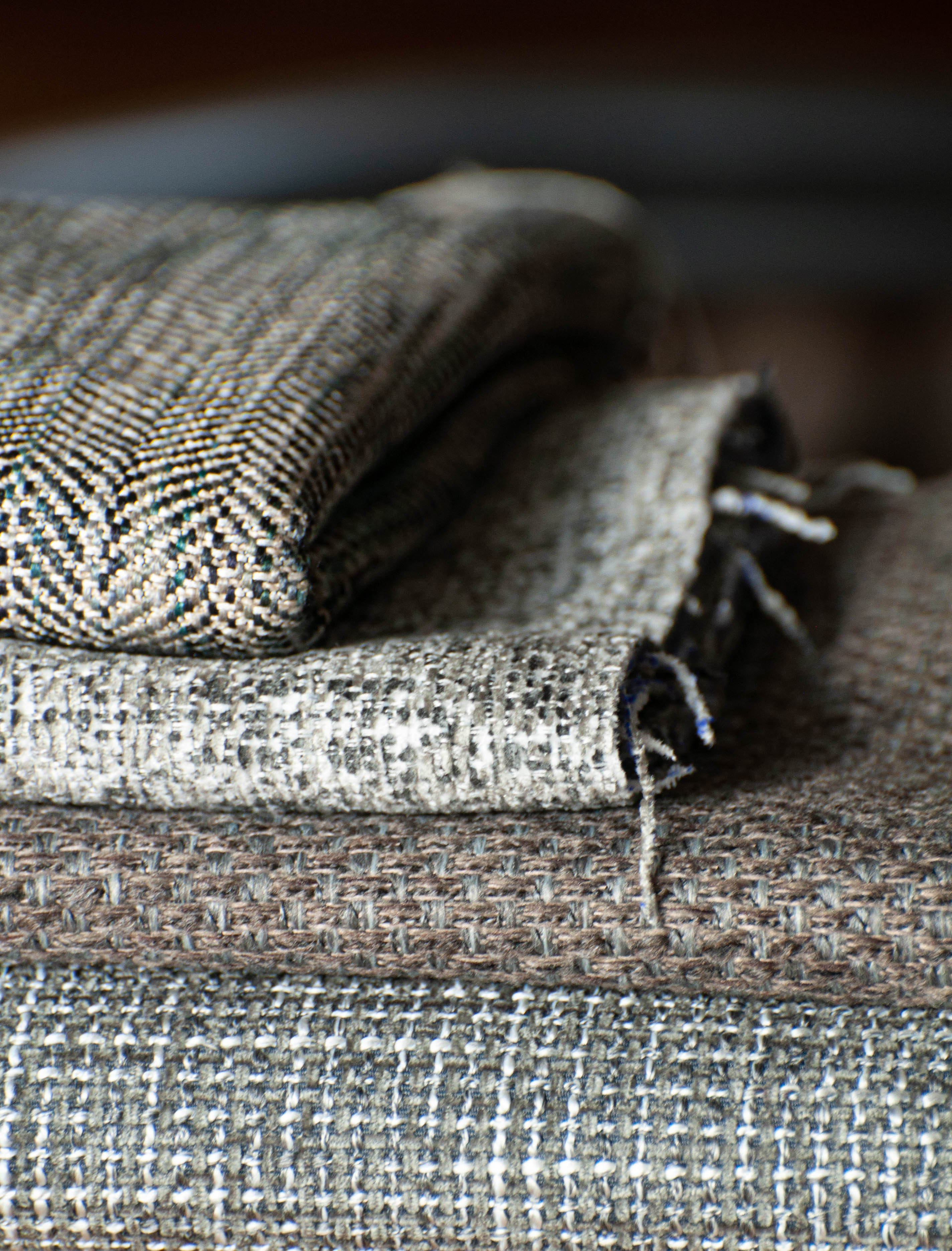
The perception of fabrics is becoming profoundly sensuous. Design centres around a sensory approach to materials and the structure of surfaces and textures, which cease to be smooth and uneven, resembling more of a mix of biomass and conglomerates. Compilations of fabrics within collections, on the other hand, are based on splendid juxtapositions and combinations of textures, structures and fine abstract patterns formed by irregular interlacing of fibres varying in thickness, origin, density, roughness or shine.
The DNA of recycling-inspired fabrics is also based on a new colour palette, whose lower saturation, less profound contrasts, and whitened hues are due to the naturalness of organic and mineral dyes. Lightened colours, subdued shades, and earth-like hues form a new colour range of contemporary textiles.
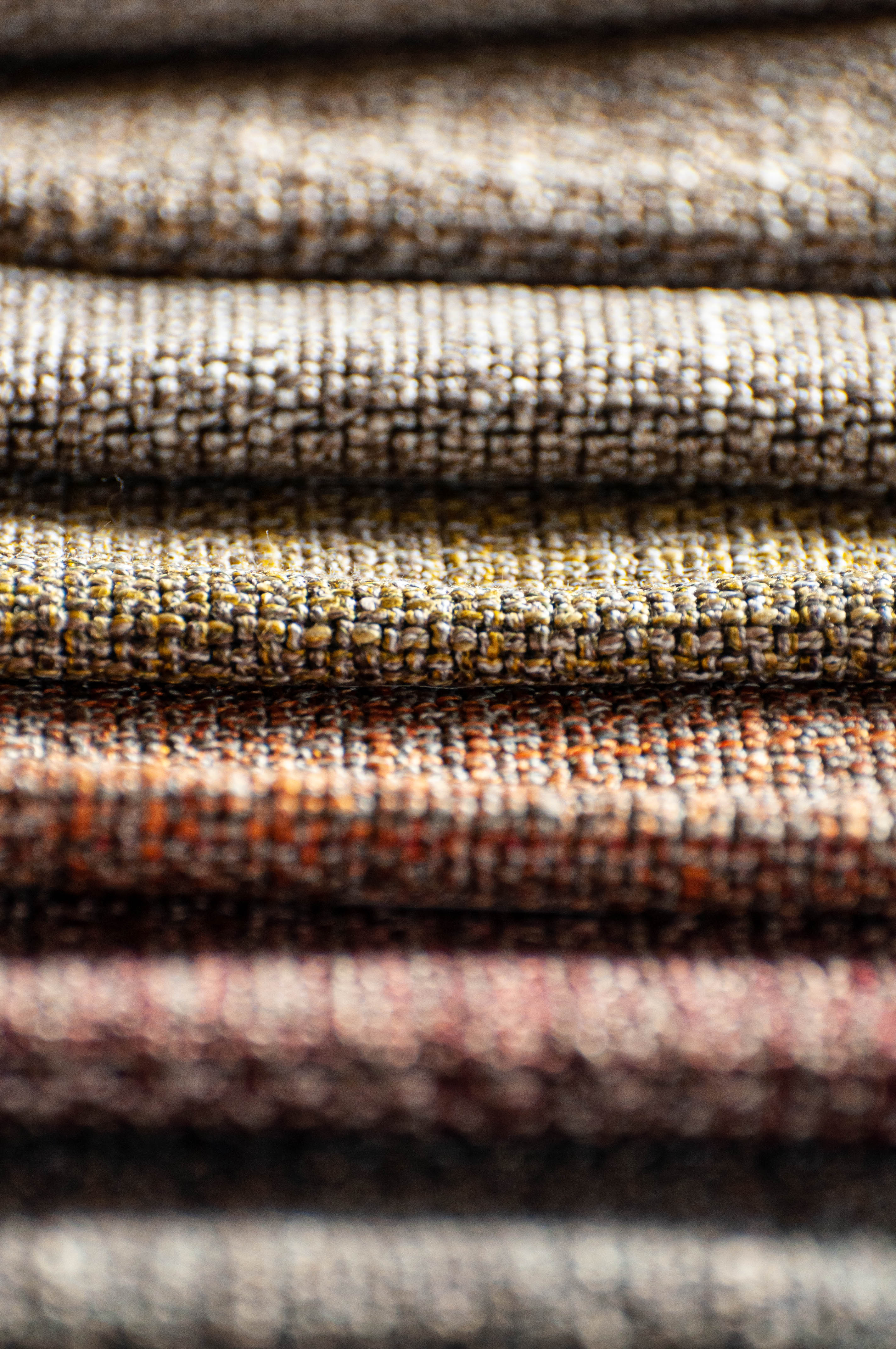
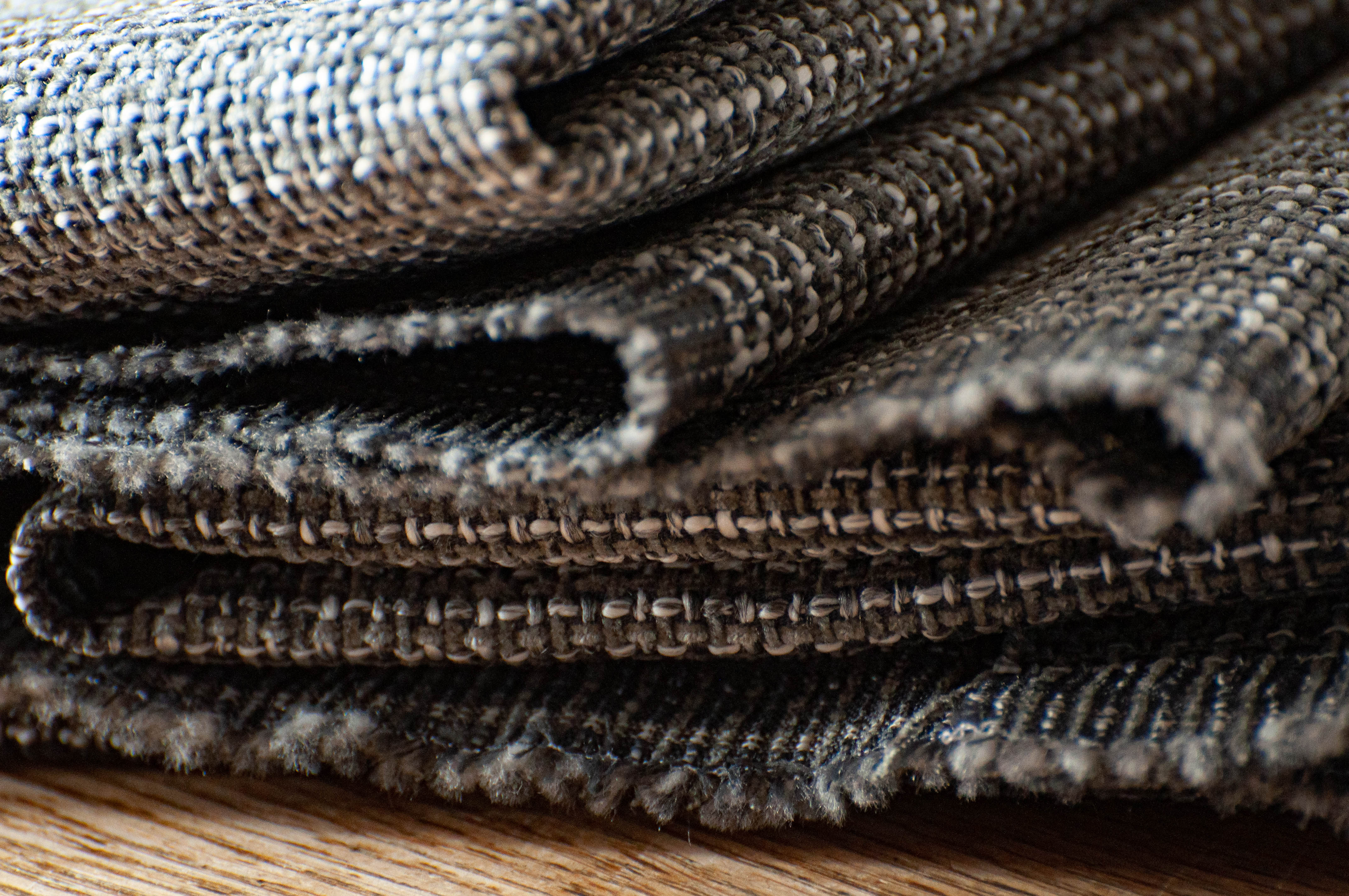
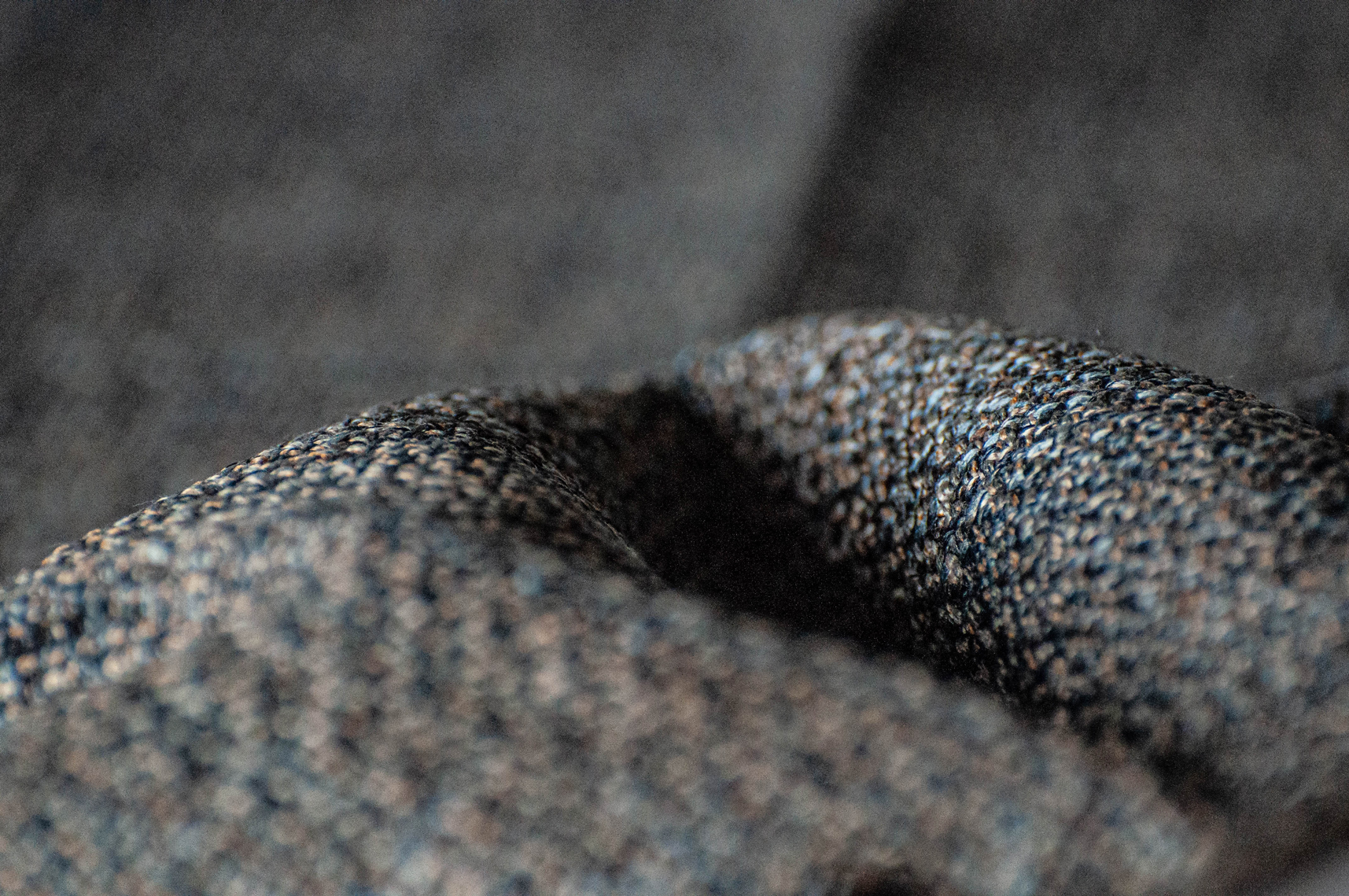
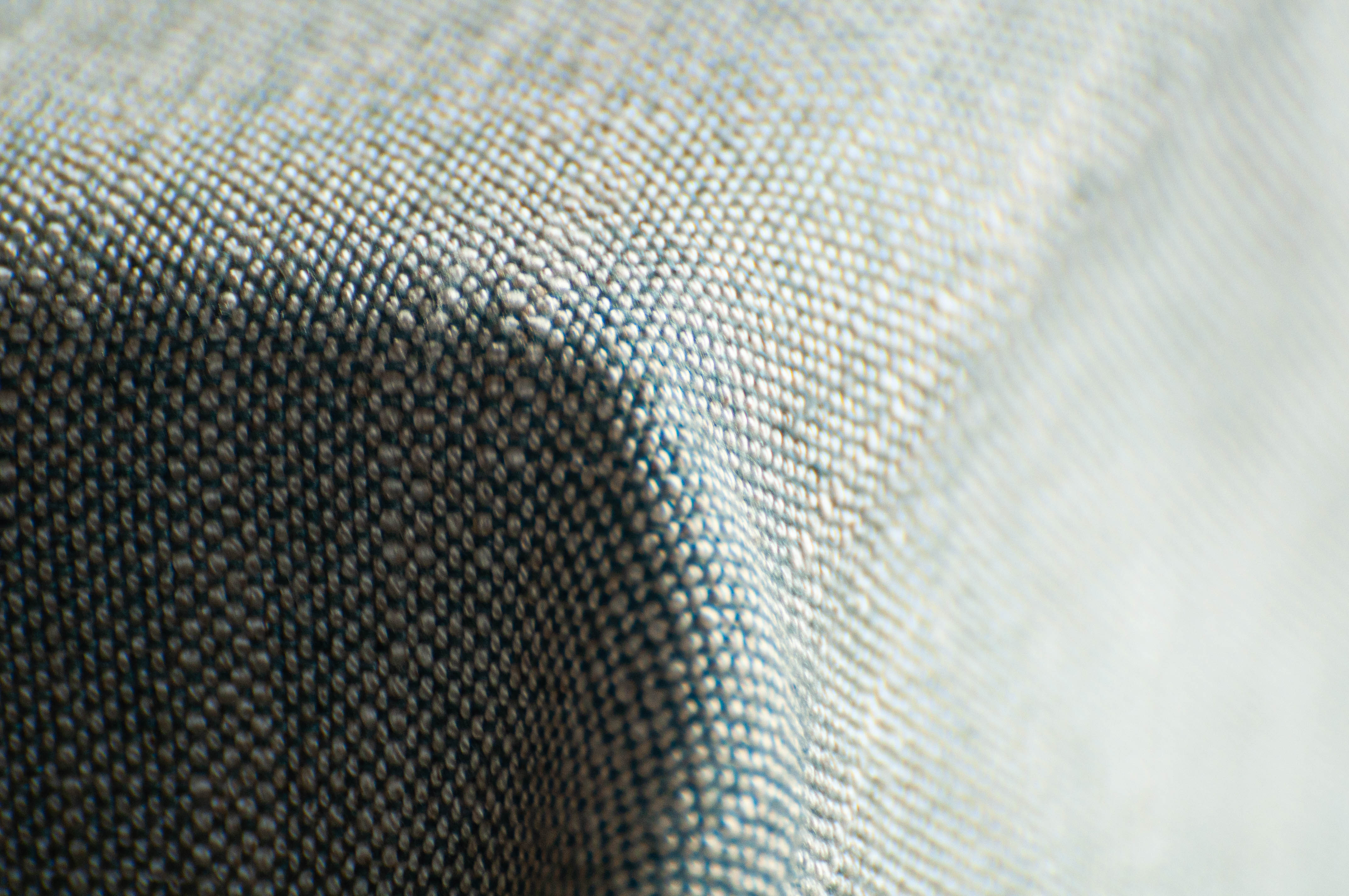
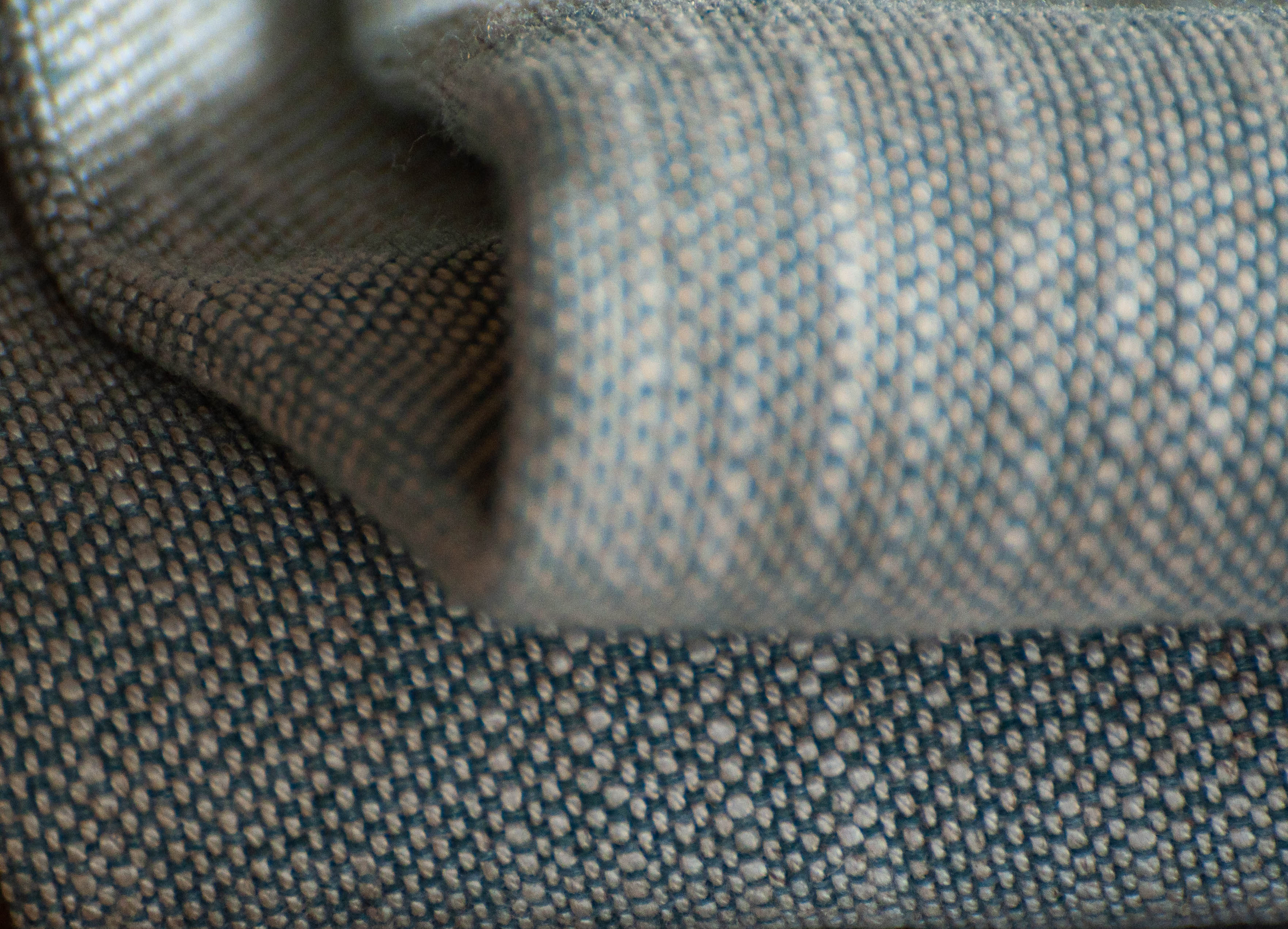
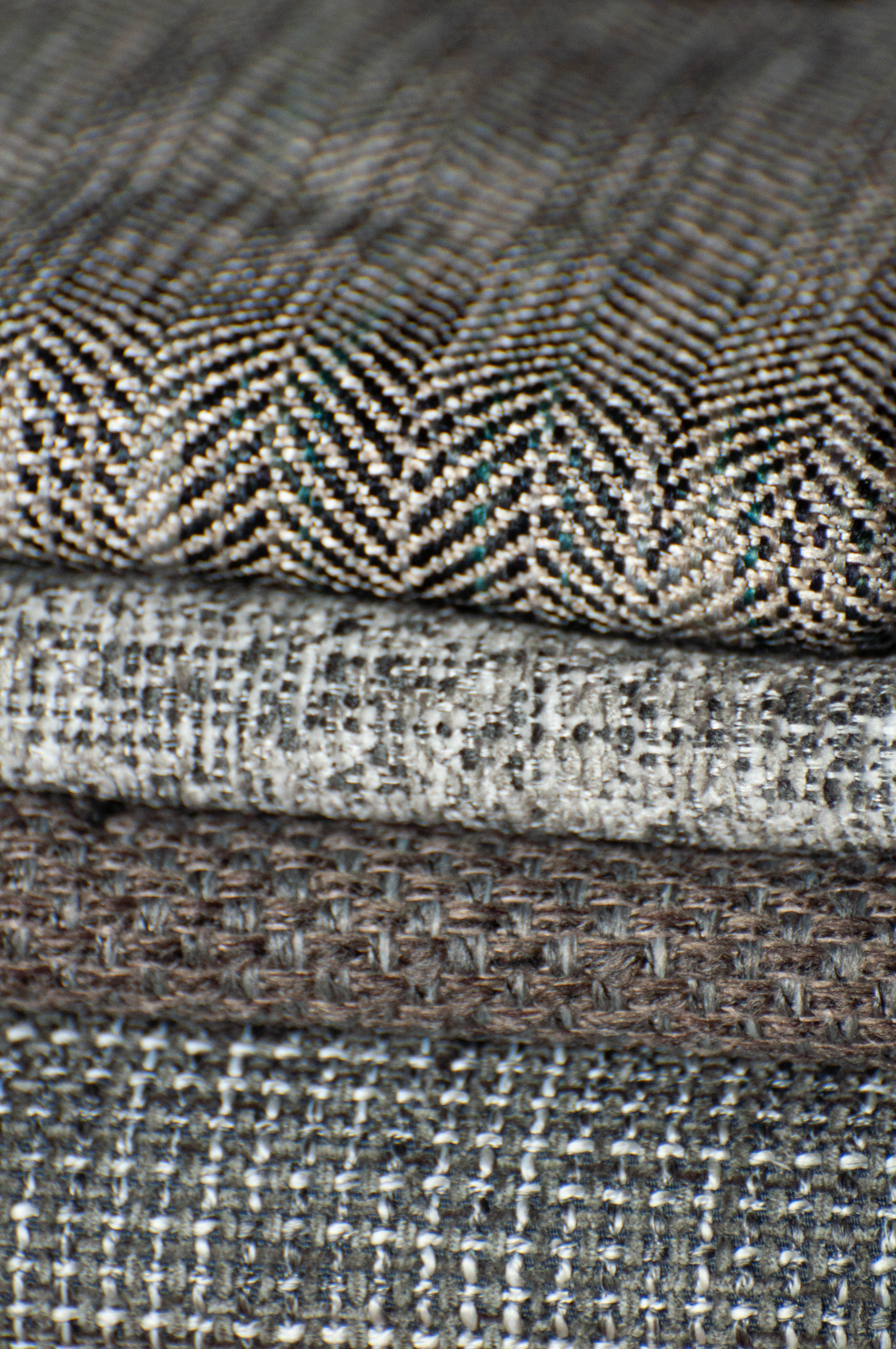
Fabrics and sample kits from the DEKOMA collection used in the session:
Thick upholstery fabric with an irregular weave in melange colours. It resembles a raw thick yarn blanket we snuggle into on chilly days, seeking warmth and cosiness. The appearance and colours of Arco are due to the different types of fibres used in the production process, which vary in shade and thickness. Arco comes in 17 colour variants: these are melange combinations of beige and grey juxtaposed with one main colour, e.g. yellow, blue, green, navy blue, completed with accent colours - a lighter shade of the main hue or a related colour (e.g. green with yellow).
A multi-coloured, mélange upholstery fabric inspired by Ireland's signature Donegal tweed style. Colourful accents on a uniform background are very fine – from a distance the fabric gives the impression of uniform, from close up you can see small weaves of silk. Granola visually resembles the Prato collection, but is more subtle and has a greater variety of colour. Its mélange weave makes it a perfect match for interiors inspired by the 1960s style. It can be used to renovate vintage furniture and produce contemporary models of chairs, armchairs and sofas. It comes in 16 colour variants: from more subdued earth colours to pastels.
Thick upholstery fabric with an interesting texture of clearly visible weave. Available in a range of fourteen muted, melange colours. With its excellent technical parameters (45 000 Martindale cycles), this high-quality blend of viscose, polyester, cotton and linen is recommended for household and public interiors. It may complement the other fabrics from the Parametric collection: Trigon, Octagon and Puzzle. Haze is a perfect solution for modern- and traditional-style interiors.
Furniture chenille fabric with a very thick and dense weave. Warp and weft yarns are in different colours, giving the effect of check. Available in interesting sets of colours. For people who like beautiful texture of fabrics.
A multicoloured, melange jacquard, particularly striking when combined with contrasting colours. Then the effect of the "pixilated", abstract plane is more spectacular and resembles the painterly experimnets of the pointillers. Is a fresh contemporary interpretation of 1960s style. It is easy to imagine the cult chairs designed by Josef Chierowski, "jumpers" or "foxes"; beacuse they visually reseble upholstery fabrics from that time. It will work well with original vintage furniture or contemporary forums refering to midcentury style. Also it goes well with dark wood in warm shades: Walnut, teak, rosewood, stained oak. Available in 16 colours.
The fabric come in sophicticated colour combinations. It is recommended for ethno-, boho-, vintage- and modern-style designs. Salak fabric has Oekotex certified. We recommend Mango as a plain coordinate for the fabrics.
Furniture fabric with a distinctive, thick weave in muted range of colours. It is certified with OEKO-TEX Standard 100, confirming that the product is safe for health.
Photo-session for Dekoma.
Creative thought, text, photos and styling: MBBM Studio

